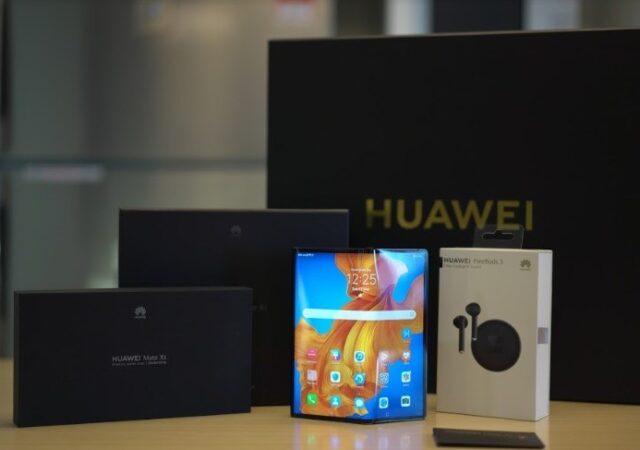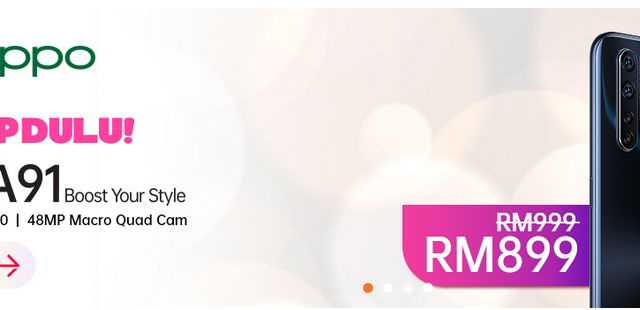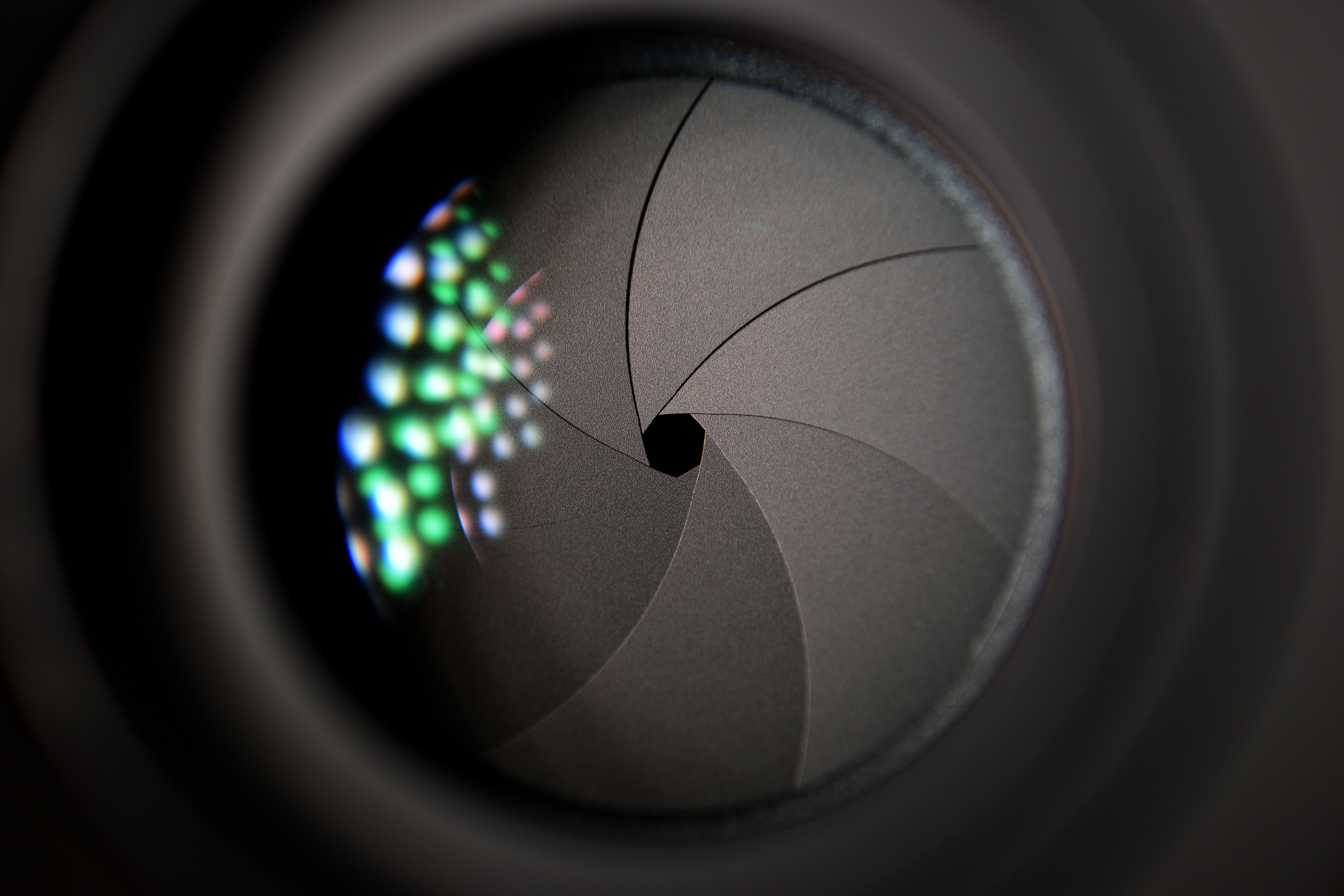The highly anticipated HUAWEi Mate Xs foldable smartphone is finally making a landing in Malaysia. The new HUAWEI foldable smartphone is on sale on their web store starting 20th March 2020 today. The HUAWEI Mate Xs goes for MYR 11,111.
OPPO A91 Launches in Malaysia – Back to Basics
OPPO’s entry-level A91 is launched in Malaysia. The MYR 999 device packs a powerful 48-Megapixel quad camera array and a large 6.1-inch Full HD+ AMOLED display.
Tech & Tonic Episode 5 Feat. Smashpop – OPPO’s New Flagship Impresses and Revisiting Smartphone vs Camera
This week in Tech & Tonic, we have Jason Goh of Smashpop! Jason is a content creator focusing on social media platforms. He is @smashpop on every social media platform there is. We spoke about the new OPPO flagship, the Find X2, and whether or not smartphone cameras can replace proper cameras.
Tech & Tonic Episode 3 feat. Isa Rodriguez – Camera or Smartphone Cameras?
In this episode of Tech & Tonic, we have Isa Rodriguez of Isa Does Tech, her very own YouTube channel. As a tech reviewer, she is one of the more unique ones. She does not just review the tech, but…
Photography is the Word – The Case of Replacing Your Camera with Smartphones; Should You?
Photography is a wonderful thing. Everyone loves a good photo. A good photo can be shared with the world to convey stories, to eternalise important moments, to remember. It allows you to see the world or environment as someone else…
Realme 5i and Buds Air Launched For MYR 599 and MYR 299!
The Realme brand has always been a brand that has dedicated itself to releasing great devices at even greater prices. The Realme 5 series is their latest line-up that continues this philosophy of great devices at great prices. The stables…








